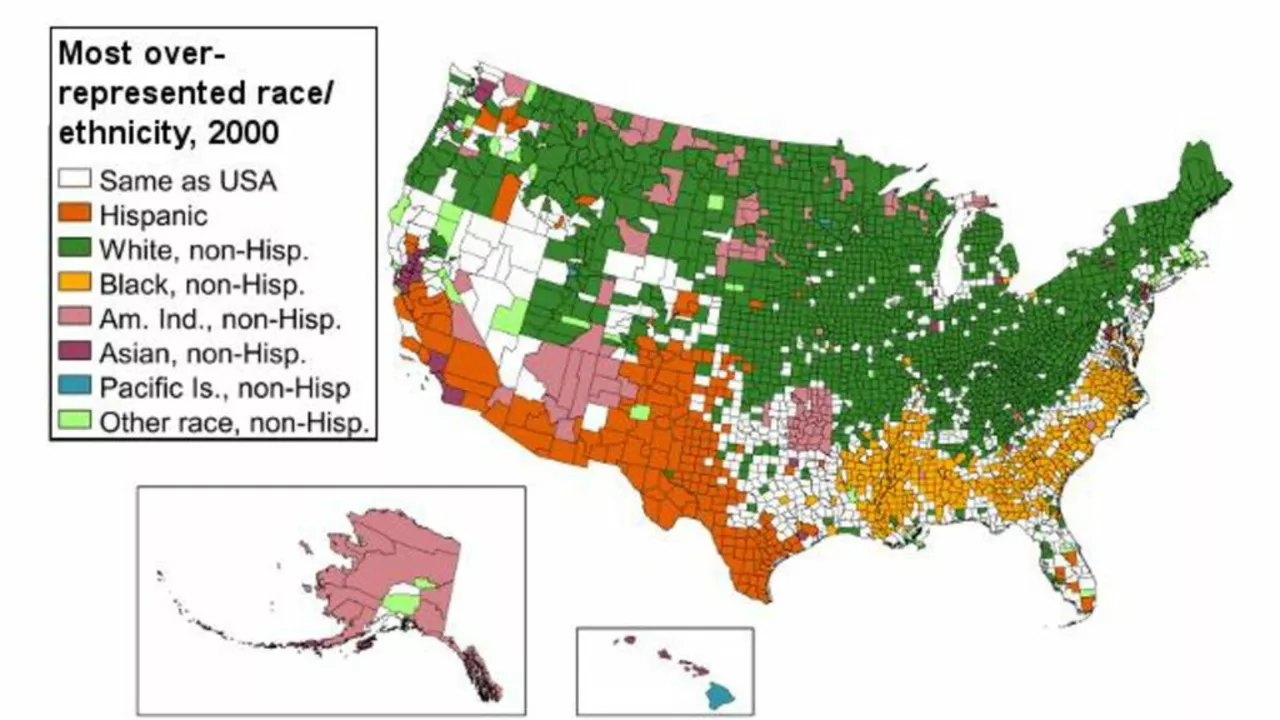Introduction to Native American Population Distribution
When we talk about where Native Americans live in America, it's important to remember that we're talking about a diverse group of people with a rich and complex history. These are the original inhabitants of the land, with a culture and heritage that predates the arrival of Europeans. Today, Native Americans live all across the United States, but some areas have higher concentrations than others.
Native Americans in the Southwest
The Southwest, particularly Arizona and New Mexico, are home to many Native Americans. The Navajo Nation, for instance, is the largest Native American tribe by population, and their reservation spans across three states: Arizona, New Mexico, and Utah. The Pueblo people, known for their unique adobe architecture, also call this region home. Not to mention the Hopi, Zuni, and Apache tribes which add to the rich cultural diversity of this region.
Native Americans in Oklahoma
Oklahoma is another state with a significant Native American population. This is largely due to the Indian Removal Act of 1830, which forced many tribes to relocate to what was then known as Indian Territory, now Oklahoma. Today, Oklahoma is home to over 30 tribes, with the Cherokee Nation being the largest.
Native Americans in the Dakotas
The Dakotas, particularly South Dakota, are home to a significant Native American population. The Sioux tribes, including the Dakota, Lakota, and Nakota, have reservations in both North and South Dakota. The Standing Rock Sioux Reservation and the Pine Ridge Reservation are notable examples.
Native Americans in Alaska
Alaska, though not part of the contiguous United States, also has a high Native American population. The indigenous groups here are often referred to collectively as Alaska Natives, and include groups like the Inuit, Yupik, and Aleut. These groups have a unique culture and lifestyle adapted to the harsh Alaskan climate.
Native Americans in the Pacific Northwest
The Pacific Northwest, including Washington state and Oregon, is home to many Native Americans. The tribes in this region, such as the Salish, Chinook, and Nez Perce, are known for their totem pole art and their relationship with the salmon, which plays a central role in their culture and economy.
Urban Native Americans
While many Native Americans live on reservations, a significant number live in urban areas. This is a result of the Indian Relocation Act of 1956, which encouraged Native Americans to move to cities. Today, cities like New York, Los Angeles, and Phoenix have sizable Native American populations.
The Future of Native American Population Distribution
The distribution of the Native American population is likely to change as more Native Americans move to urban areas for better job opportunities and education. However, the cultural importance of reservations and traditional lands is likely to remain strong.
Conclusion: Understanding Native American Demographics
Understanding where Native Americans live in America is crucial for understanding their history, culture, and the challenges they face today. It's a testament to their resilience and adaptability, and a reminder of a history that is often overlooked. As we move forward, let us do so with respect and acknowledgment of their enduring presence and significance in this country.
